Ideas of Love and Life from the Tribes of Chhattisgarh.
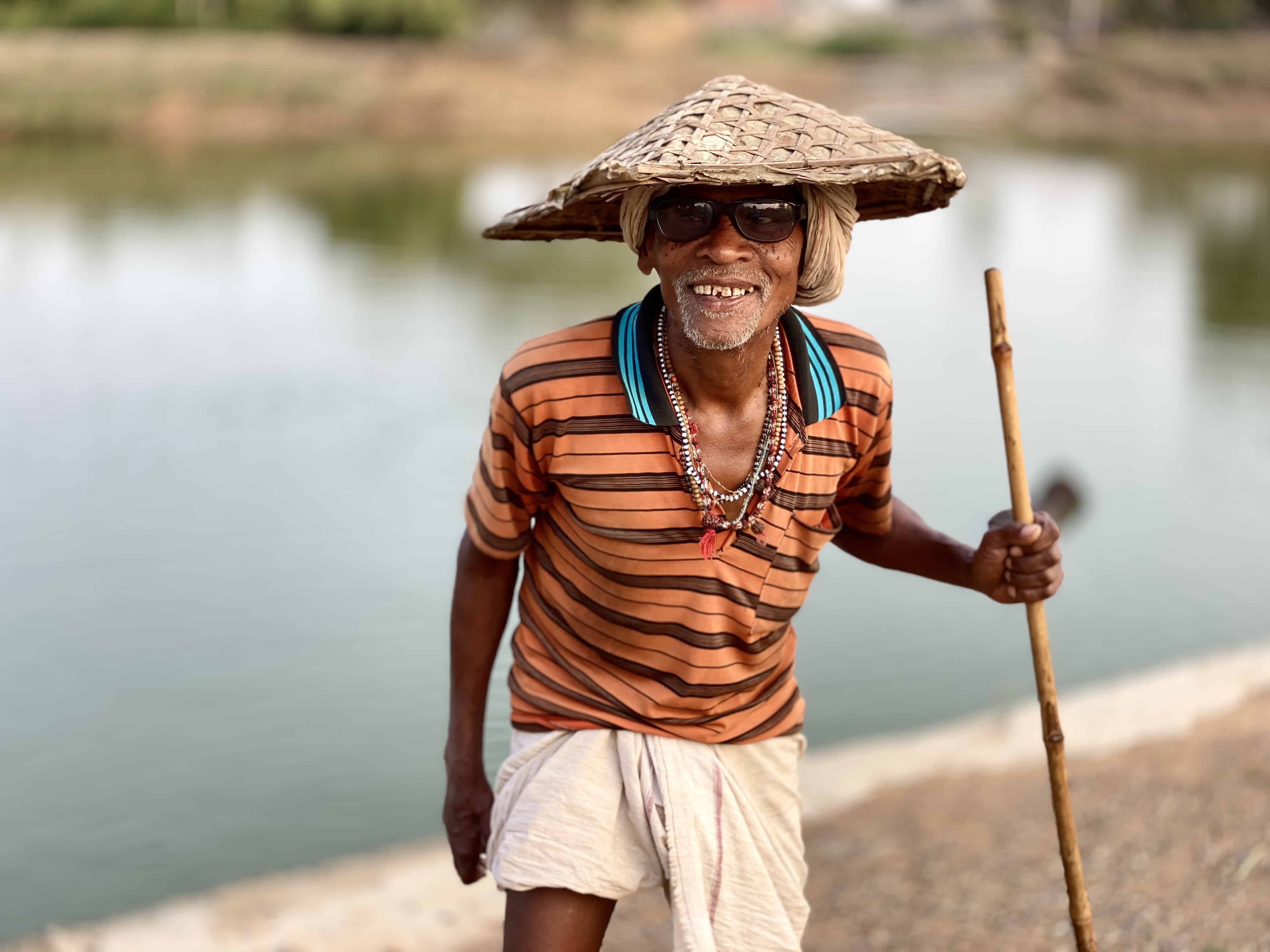
Ideas I gathered on sexual freedom, relationships, food and sustainability, while spending time with the tribes of Chhattisgarh.
“Woh log peeche chhooth gaye (they got left behind).”
“They have a special status because [economic] development didn’t reach them.“
These were words I heard again and again in Chhattisgarh, referring to the many indigenous tribes in the state.
Many of them traditionally lived in mud and bamboo houses in the forest. Often cultivating a small patch of land, burning it and moving every few years. Many wore nothing but a rag around their waist, multiple tattoos, combs in their hair and handmade ornaments. They lived off the land, worshipped nature, practiced animist rituals and survived on minimal possessions. The forest and local healers catered to their medical needs.
And yet, they are considered backward because money and modern comforts hold little importance in their off-the-grid lives.
Also read: The Last Surviving Indigenous Cave Dwellers of Sri Lanka
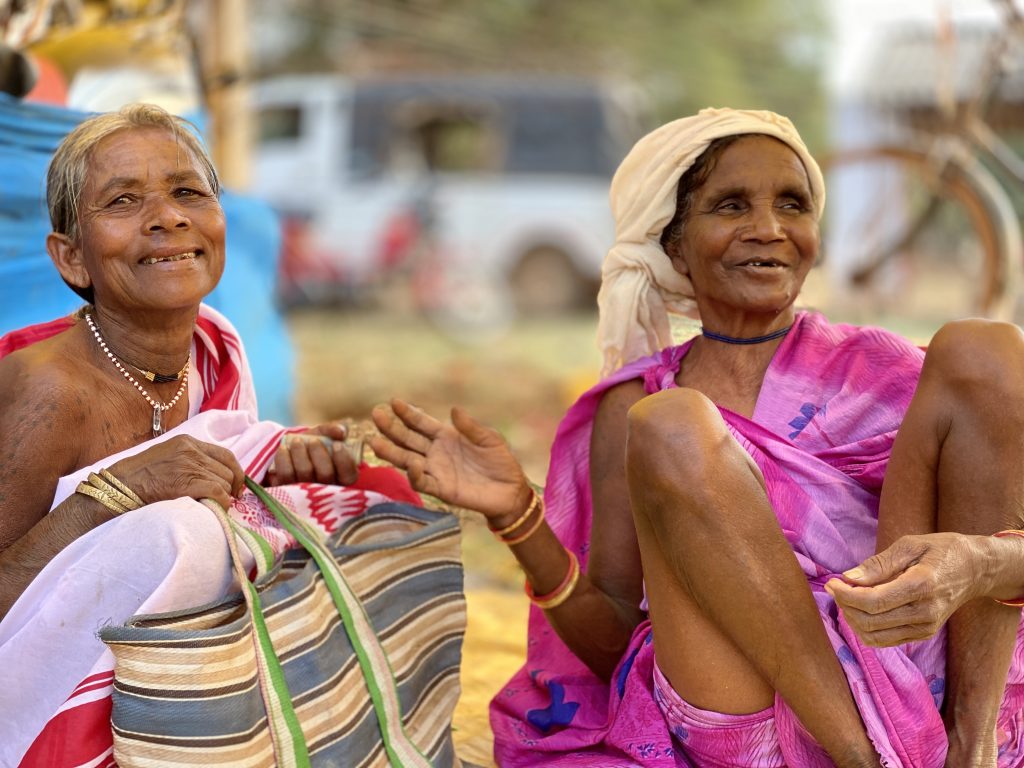
I was lucky to spend a couple of weeks with the amazing folks from Bastar Tribal Homestay and Bhoramdeo Jungle Retreat – who work closely with the tribes of Chhattisgarh. That gave me a chance to meet and engage with tribal elders, craftsmen, healers, cattle herders, anganwadi teachers and social workers.
Here are some life lessons I gleaned from the various tribes of Chhattisgarh:
- The freedom to experiment with sexuality and choose a life partner in a ‘ghotul’
- A farm-to-table diet featuring millets, moringa, mahua and more superfoods
- A rational approach to live-in relationships, ‘dowry’ and divorce
- If we take the cow’s milk, what will happen to the calf?
- A sustainable life through nomadism, barefoot living and upcycling
- A village can raise a kid, literally
- Have you gathered any fascinating ideas of love and life on your travels?
The freedom to experiment with sexuality and choose a life partner in a ‘ghotul’
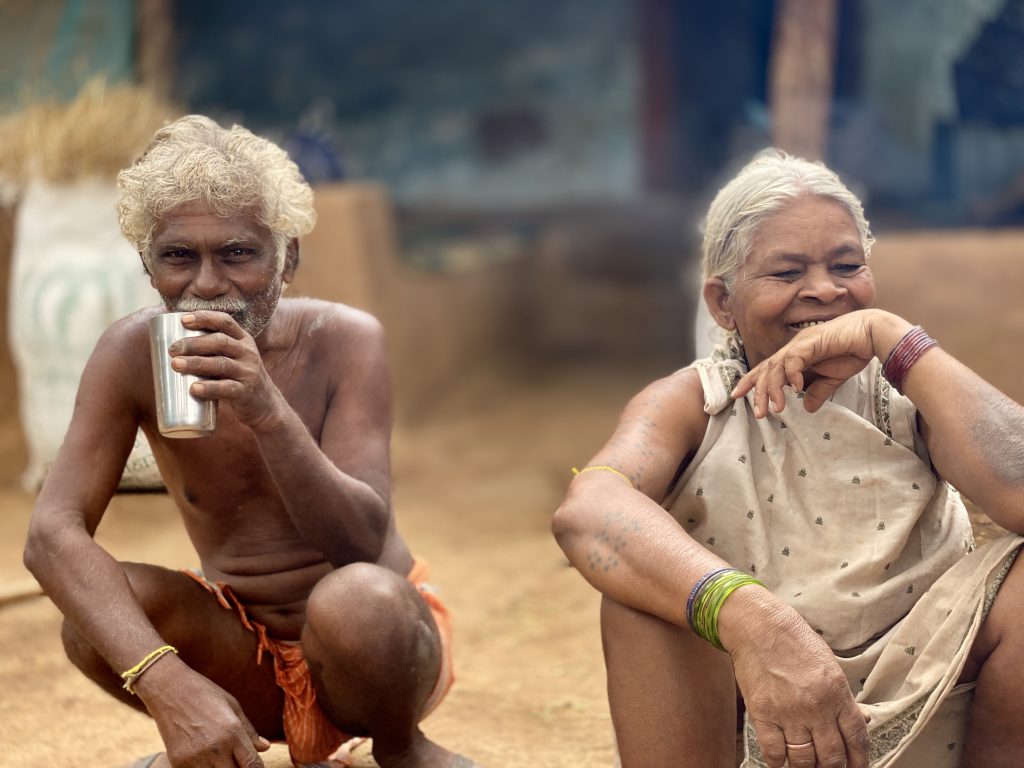
“The message of the ghotul—that youth must be served, that freedom and happiness are more to be treasured than any material gain, that friendliness and sympathy, hospitality and unity are of the first importance, and above all that human love—and its physical expression—is beautiful, clean and precious, is typically Indian.”
So wrote Verrier Elwin of the controversial ghotul of the Muria and Gond tribes in Central India. His insightful books, written from his perspective as an anthropologist and ethnologist, document tribal life and customs that are slowly being eroded.
One such custom is that of the ghotul – a sort of commune that functions after nightfall, whose members are young (unmarried) teenagers. Legend has it that the first of its kind was built by their celebrated ancestor Lingo.
Within its physical confines, the members are taught both, the social responsibilities of the tribe: music, dance, respecting elders, tribal traditions, bonding over natural brews, cooking. And the individual, consensual exploration of one’s sexuality, with one or multiple partners, with or without emotional attachment. Most importantly, without judgement.
On the other hand, in the regressive contemporary society of India, even public displays of affection – let alone pre-marital sex – are considered taboo.
Many families will disown their daughters for choosing to be in a consensual relationship. But wouldn’t hesitate to forcibly marry them off to a complete stranger, whose demands she must pander to even on their first night together.
Although ghotuls were an essential part of life for the Muriya and Gond tribes of Chhattisgarh’s Bastar region, many have been shut down on suspicion of naxal activities. Others have fallen prey to the influences of ‘modern’ society, ‘urban’ education and religion.
I was amused to read a Gond social worker report that in one ghotul, the evening now begins with a recitation of the gayatri mantra!
Perhaps it’s time to look past our dogmatic religions, whatever they may be, and learn from the so called ‘backward’ people, the original dwellers of this land.
I’m sure we can learn a thing or three about social interaction, sexual freedom, gender equality and the right to choose who to love.
Also read: How Travelling Changed My Perspective on Getting Married and Having Kids
A farm-to-table diet featuring millets, moringa, mahua and more superfoods

Long before the green revolution transformed indigenous diets in India, the tribes of Chhattisgarh cultivated and consumed foods that are now globally recognized as superfoods.
In a village of the Baiga tribe in the Kawardha region, cut off from the road by a river, I met a woman brewing mahua liquor under a stunning old mahua tree. It was just after breakfast, but she insisted I try it. With a spoon carved from wood, she poured some into a leaf folded into a cup – a hot, bitter, woody taste that I never quite acquired!
Although mahua is blamed for alcoholism among the tribes now, it was once dried and made into mahua rotis or laddoos – packed with abundant energy!
From various elders in Bastar and Kawardha, I gathered that the traditional diet once consisted of kodo millet, moringa and legumes – all high on the nutritional quotient.
In the local haats (tribal markets), I saw root veggies like alookanda, varieties of beans, and snacks made with pumpkin – none of which I could recognize from our regular diets. In the harsh summer, instead of water, many tribes drink paich – a nutritious drink made by soaking rice or millet.
At a Gond village home, we feasted on kandul lentils – grown in the forest. Once cultivated, they are dried, packed up in sihadi leaves, stitched together with sihadi ropes and can last upto two years!
On a hike, we spotted chidchidi, the seeds of which have a hallucinogenic effect that convinces your mind that you’re not hungry for days.
Unfortunately like in most of India, the indigenous diet of Central India too is fast being replaced by rice and wheat. Leading to malnutrition, poor growth among children and health complications among adults.
As we aspire to healthier lifestyles, perhaps the tribes of Chhattisgarh could help us dig out the sustainable superfoods they once embraced.
Also read: Chhattigarh: Tribal Life, Motorcycle Adventures and a Lingering Sadness
A rational approach to live-in relationships, ‘dowry’ and divorce
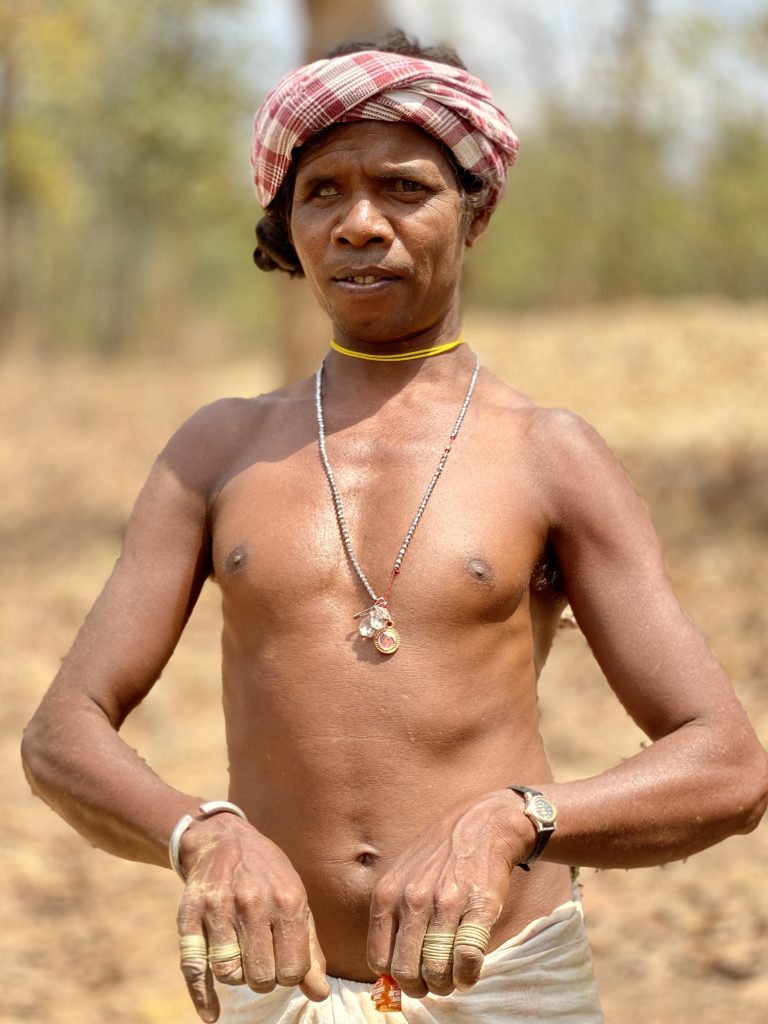
When it comes to marriage, the ideas of compulsion and dowry drive me crazy.
In India, people in their late twenties and early thirties are considered ticking time-bombs who must not miss the marriage window.
It’s bad enough that married women are expected to dissociate from their house / family and join their husband’s. As an earning member of the family, or even as a member who contributes to household chores, that’s a loss to the woman’s family. But in our grand patriarchal scheme of things, it’s the woman’s family that must also pay dowry to the man’s – for taking their “burden” off.
Make no mistake, the practice of dowry, though now illegal, continues in urban and rural India. Modern, forward-thinking families in the cities may refrain from using the term itself, but many still expect the woman to bring with her expensive household “gifts”.
I’ve witnessed that first-hand twice in my extended family.
On the other hand, the tribes of Chhattisgarh who seemingly “got left behind” in the race for modernity, possess far more practical views on relationships.
It’s socially acceptable – and infact the norm in many communities – for a couple to live together without formally being married. If they are driven by love and compatible with each other, what’s the need for a formal ceremony, a legal document or a dedicated celebration to endorse their commitment?
When a couple does decide to marry, the “dowry” works in reverse. Since the woman’s family is losing an earning / contributing member, the man’s must compensate their loss – usually by footing the bill of the celebration or with the much-desired Mahua liquor.
In the Baiga tribe, the rules of divorce are simple too. First, it’s socially understandable for a couple to choose that they no longer want to be together. Second, if the woman initiates the separation, her new companion must compensate the old one for the expenses he bore for the wedding or Mahua.
Practical, honest and not two-faced like our “modern” society, right?
Also read: Can Responsible Tourism in India Challenge Patriarchy?
If we take the cow’s milk, what will happen to the calf?
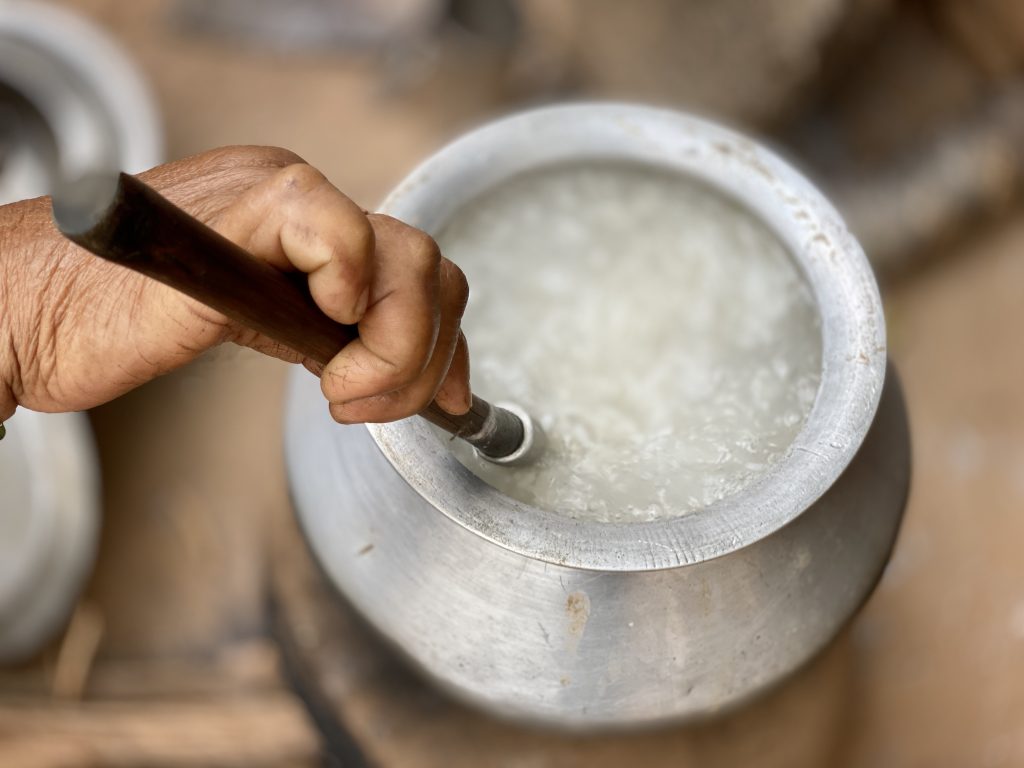
I vividly remember the first conversation I had with my host from Bastar Tribal Homestay when I met him at the bus stop, after a long ride from Raipur.
Over the phone, I had mentioned to him that I don’t consume any animal products. Now even before we made small talk, he told me that the tribes of Chhattisgarh don’t consume milk either!
Why? It’s never been part of their diet. Even though they rear cows to get manure (cow dung) for their fields, they have no idea how to separate them from the calves and take their milk. They worry that if they took the cow’s milk, what would happen to the calf?
Turned out, my host had worked with the veterinary department in the past, on a scheme to distribute cows to poor households in Bastar, hoping they would earn money off the milk. The scheme failed badly, for no one knew how to or was willing to milk the cows!
This is easy to observe in the tribal haats too, where I didn’t spot a single product made of milk.
The tribes that were once nomadic hunter-gatherers still hunt and consume meat. Goats and other animals are still sacrificed at their festivals. Infact, even human sacrifices were common till after India’s independence. Rumor has it that unwelcome visitors in the area were often captured and sacrificed!
In the “modern” world, we’ve moved towards horrific ways of raising, mass producing, enslaving and genetically altering animals for meat, milk and eggs. But I felt reassured that atleast India’s ancient wisdom recognizes that a cow’s milk is for her calf, just like a human mother’s milk is for her baby.
Also read: How to Travel as a Vegan and Find Incredible Food Anywhere in the World
A sustainable life through nomadism, barefoot living and upcycling
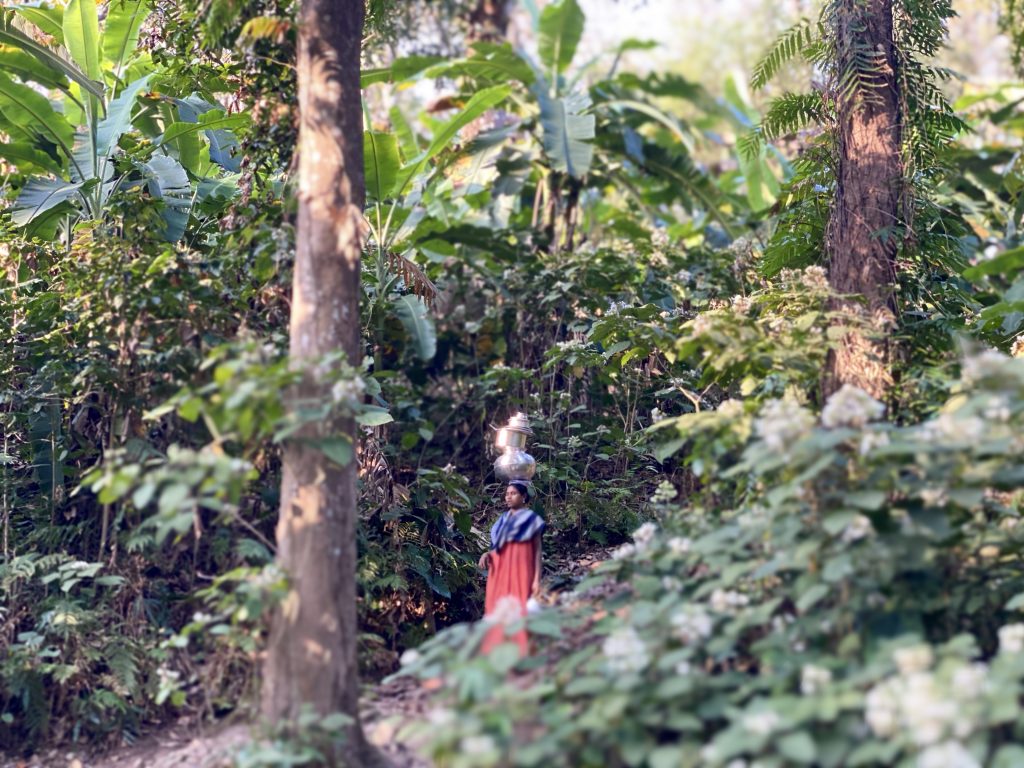
Minimalism, zero waste, upcycling and detoxing have become buzzwords globally. But for the tribes of Chhattisgarh, they’ve long been a way of life.
My hosts at Bhoramdeo Jungle Retreat shared an intriguing story of a local shaman. While staying at his house with some of their guests, the shaman advised that the guests be dropped off to an airport and my hosts return home immediately, abandoning their plans to stay in Raipur for a couple of days. An earthquake was on its way, the shaman said.
My hosts brushed him off, but somehow ended up abandoning their plans to stay in Raipur anyway.
Surprisingly enough, the earthquake shook the earth just as the shaman had predicted. They rushed back to his house to ask how he knew. The shaman pointed to his bare feet, and said the earth had told him.
We can discredit ancient ways of connecting with nature, but the truth is we are constantly chasing them in fancier ways. We burn big holes in our pockets at detox retreats where we can walk barefoot and feel connected to earth.
My host often joked that for many tribes, “the forest is mother, the tiger is brother!” For centuries, they’ve lived off the forest, cultivating small patches of land, then burning it and moving on, giving it a chance to heal back into a forest. Even as hunters, they hunted for survival, not for the pleasure of taste.
In Bastar, I spent an afternoon observing craftsmen who specialise in bell metal crafts, passed down from one generation to another. Designated “other backward castes”, I was surprised to learn that these craftsmen upcycle used metal (from kitchen ware, appliances etc) in a long painstaking process, to create incredible ornaments.
Natural upcycling is common in everyday life too. The sargi shrub is used to brush teeth, its leaves to make plates and its seeds to wash clothes. Beds are made from strong sihadi ropes. And gulal for holi is made by boiling flame of the forest flowers!
Instead of reinventing the entire wheel in practicing urban sustainability, we’d be better off learning from our not-so-backward past.
Also read: Sustainable Living Ideas to Embrace in the New “Normal“
A village can raise a kid, literally
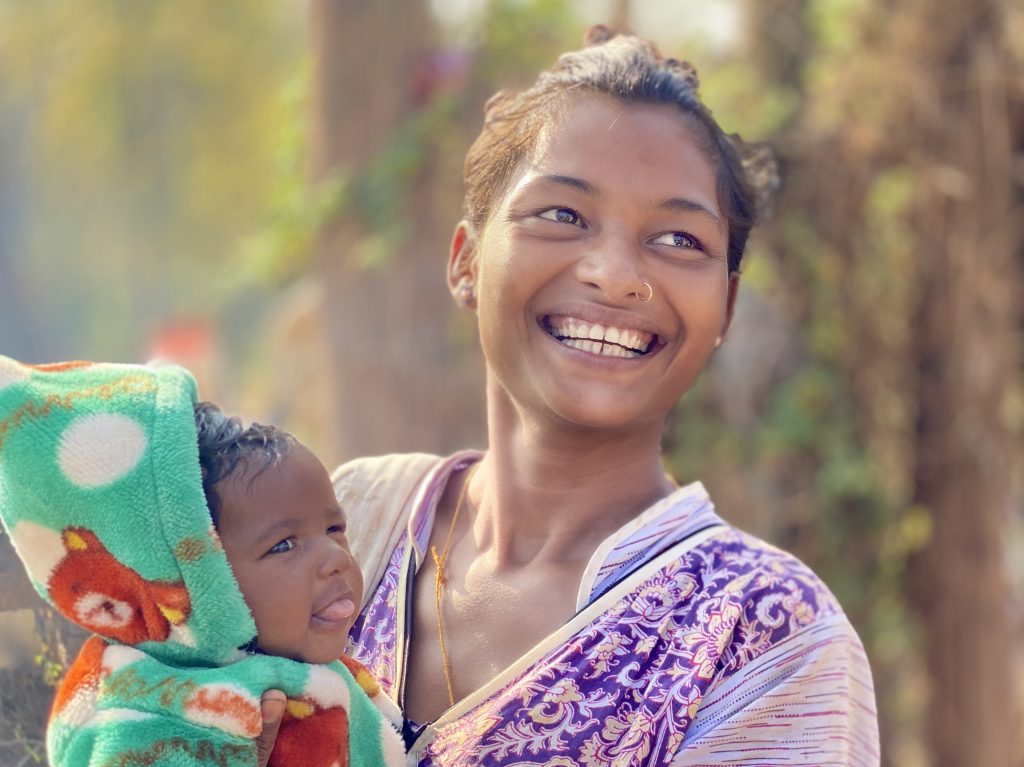
In India (and perhaps elsewhere), when couples have problems in their marital life, having a kid is often recommended as the solution. In a separation or divorce situation, society looks down upon the parents, especially the mother, for raising their child in a “broken” home.
Unfortunately, the toxicity of many home environments slips notice.
Which is why, I was amazed to hear from my hosts in Kawardha how the Baiga tribe of Chhattisgarh sorts out such complex situations without legal recourse.
If a couple with a kid choose to separate, the woman has the first right to decide if she wants to raise the kid. If she decides that single parenthood isn’t for her, the man gets to choose if it’s for him.
If neither parent wants to take on the responsibility, the community assigns a guardian to raise the child until the age of fifteen, with the rest of the village chipping in. More importantly, the woman can choose to leave without any stigma.
Perhaps as parents, you’d think that’s a bit brutal. But who’s to say that a child raised in a toxic household, by a parent who doesn’t feel up to the task, will have a better life than one raised with love by an entire village?
Have you gathered any fascinating ideas of love and life on your travels?

Hi there! I’m Shivya, and I started this travel blog back in 2011, when travel wasn’t trendy, Instagram didn’t exist and AI wasn’t a thing (simpler times, I know!). I write about slow, meaningful and conscious travel – that is good for us, the places we visit, the people we meet along the way, and the planet at large. Settle down, grab a cup of tea, and read stories that remind you of the essence of travel. I’m so glad you found me!


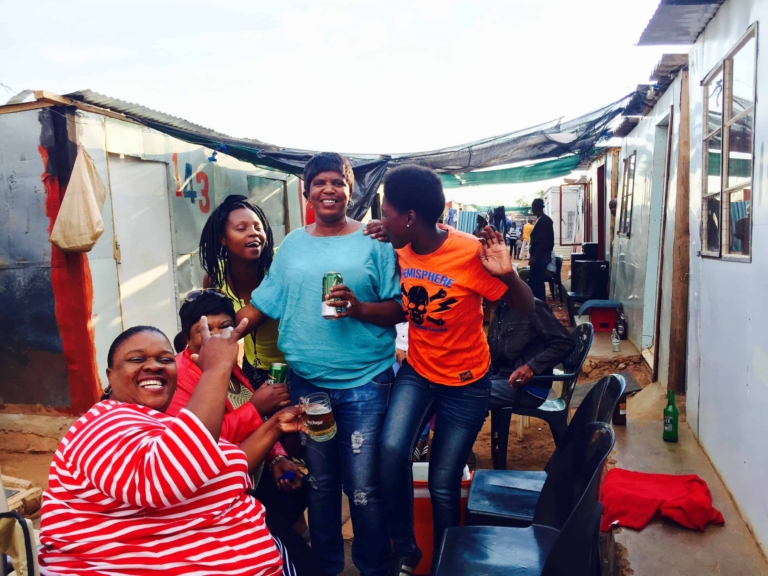
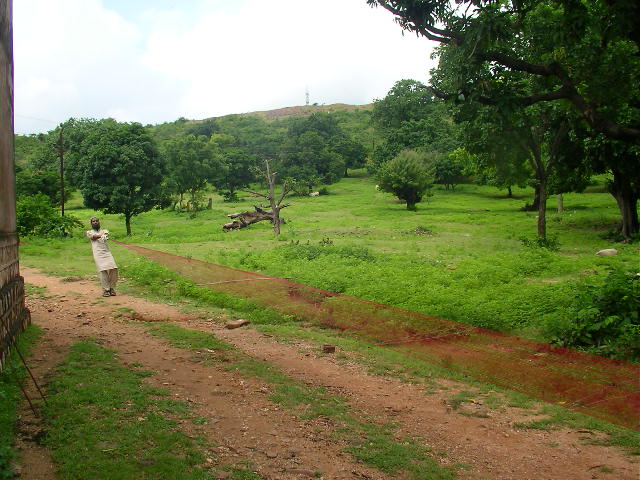
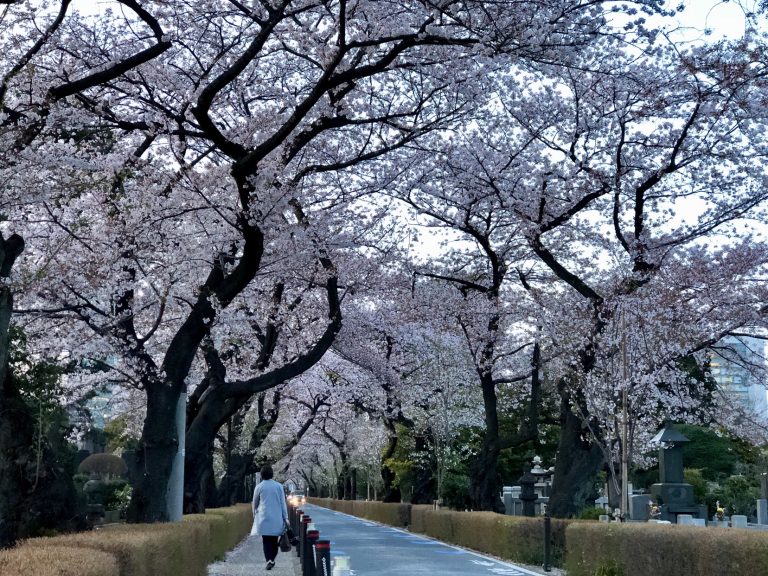



Very well expressed.
Quit fascinating set of stories.. A well written document for history. Keep on writing these stories of mankind..
Sudarshan Chhotoray
Bhubaneswar
This is so beautiful, as always, Shivya!
The fact that people who can choose who they love would be considered to be the ones who are backwards is mind-boggling, of course. I still see a bit of an issue with “compensating” the parents or ex-husband for the wife, but it’s still miles ahead of other patriarchal traditions and at least it’s more logical
And of course sustainability is actually a movement that takes us back to healthier practices, but in capitalism people want to make money off of it and make it fancier. Sort of a gentrification of sustainable behaviors.
Thank you so much for your interesting and informative blogs.I always look forward to reading them. I’ve been following you since you wrote about the Spiti(?)Valley.
Regards
Eliese
Cape Town
South Africa
eliesethogersen.wordpress.com
It is so bad of us to associate them to terms of “backward”, “Cut off from development” and the like, just because they live off rags, walk barefoot. As I see it, they are way forward in thoughts and staying connected to the nature, the meaning of which the “modern” society isn’t even aware of.
This was such an eye opener post, Shivya, like all of your blog posts. And that’s what is unique about you. Connecting us to the place through your stories.
Glad to find that people like you are writing about the hidden jewels of Chhattisgarh, Shivya…
Otherwise even most educated Indians today still have a lame question “In which state is Chhattisgarh? Is it in Bihar?”
Times are changing. Your blog just took Chhattisgarh to a better level. Hope people around get aware of the beauty and the simplicity of CG sooner than later.✨
– Indrani from Bhilai, C.G.
@tripsdontlie
Sadly all the wonderful practices today’s societies have left behind. I remember staying on a dairy farm in Ireland for research on a novel I was writing at the time and saw a newly baby calf shaking by a tree. The dairy farmer had just removed it from its mother because it would consume all her milk! This calf was taken to a field with other males and in three months would be killed for veal. When people complain about countries where the population eat dogs for example, they forget that western farming practices are far more cruel when it comes to the dairy, beef, pork and chicken industries.
Shivya, I am still digesting this post of yours, it is so rich and informative about things we Westerners have lost , because of greed and the power of money, our minds have become blinded of. I can’t fathom why they are called backward , in my opinion they very much forward, in all these images they all appear very happy and full of laughter. Thank you Shivya for you great share to the Universe.
Thank you for writing this article in such detail. I from Chhattisgarh and I didn’t know about a lot of things that you wrote here. I think I read something really good today.
Nice Article Shivya. Tribes means backward for most people but reading this article is bound to change a lot of opinions, like it did mine.
Thank you, it is a great share!
Memorable read. To actually think of it, we seem to have progressed in the opposite direction when it comes to the the simple ways that the tribes lived. And the more I come across old communities, the more the realisation dawns on me.
Great article. Hopefully can head to this side soon after the world reopens 🙂
Some much-needed food for thought. Thank you for this, Shivya.
Wow! Such a great article you write up! I really enjoyed reading your post. You captured awesome pictures.
The first image made my day woooooww…. just amazing
We seriously need to reconsider associating the words “backward” and “primitive” with tribes that are living so sustainably! I totally second what you wrote about the toxicity of “civilized” Indian households vis-a-vis the freedom observed in these tribes. I suspect that if women were to organize themselves better and stand with each other in solidarity across households, there is sure to be improvement in the so-called “civilized” Indian milieu too …
Fascinating story! A very detailed and nicely written work.
Wow. I would so much like to have a first-hand experience with such a differently-working tribe/society too. I’ve always imagined many of them must be way wiser than us on so many aspects, I firmly believe our “progressive” mindset actually pulls us backward on so many essential aspects. Thank you for your share!
Thank you for your insightful and thoughtful words. I am visiting the area and your writing is helping me understand and appreciate this wonderful area.